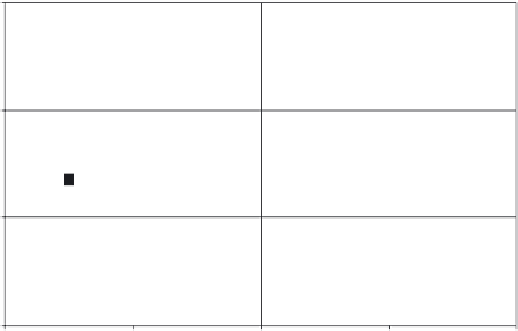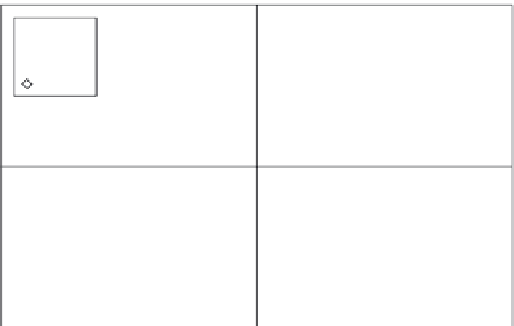Biomedical Engineering Reference
In-Depth Information
1E + 09
Mode 3
Mode 4
Mode 5
1E + 06
1E + 03
1E + 00
(a)
Acrylic paint
reference
Acrylic Nano paint
(Bindzil)
UV-Hardcoat
reference
UV-Nano hardcoat
(Nanocryl)
2.0
Mode 3
Mode 4
Mode 5
2.0
0.0
(b)
Acrylic paint
UV-Hardcoat
FIGURE 17.2
(a) Average number concentration for each size mode of sanding dust par-
ticles in a 0.03 m
3
size mixing chamber during sanding of acrylic paint and UV-hard coat
lacquer with and without nanofillers (Bindzil
®
and NA NOCRY L
®
). (b) Ratios between the
normalized modal number concentrations of sanding dust particles in the nanofiller-doped
paint/lacquer and the corresponding size mode in the reference paint/lacquer. Normalization
was made using the total particle number concentration in the three size modes discussed for
each size spectra. (Data obtained from Koponen, I. K. et al.,
J. Phys. Conf. Ser.,
151, 012048,
2009; and Koponen, I. K. et al.,
J. Expo. Sci. Env. Epid.,
21, 408-418, 2011.)
lacquers with added MN. Currently, synthetic amorphous silica registered as “Silicon
dioxide” is listed with Ref.-No. 86240 and CAS-No.7631-86-9 as an additive without
any restrictions and/or specification in EU directive 2000/72/EC. Pure synthetic silica
nanoparticles are therefore thought by many to be a low toxic material. In line with this
opinion silica MN are heavily investigated for their application in bioanalysis and drug



















Search WWH ::

Custom Search